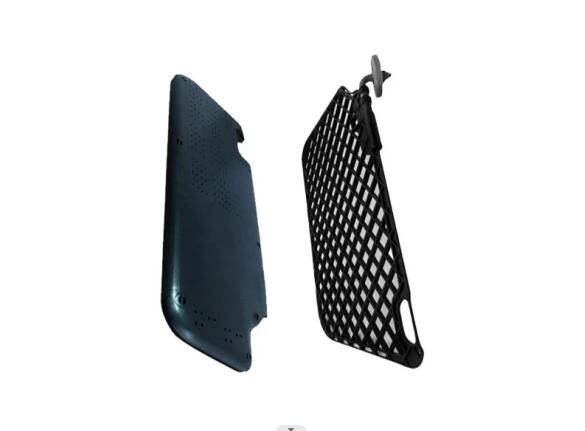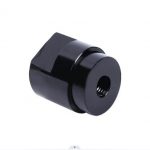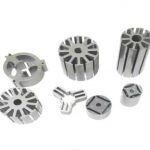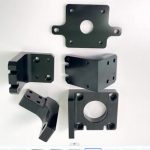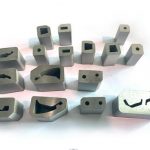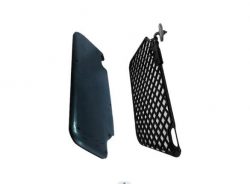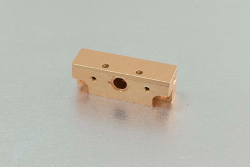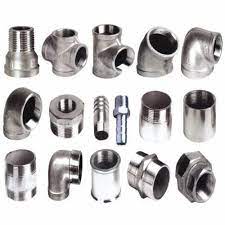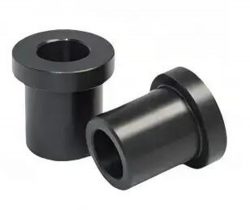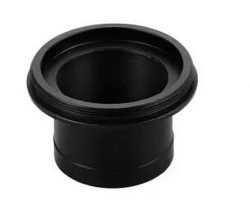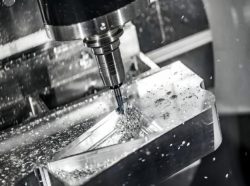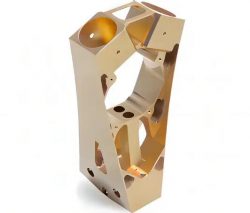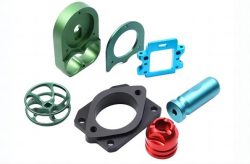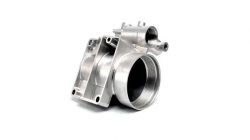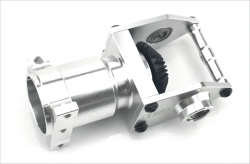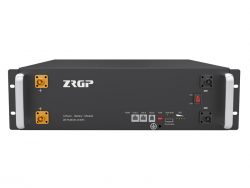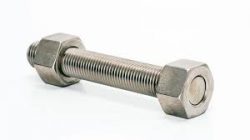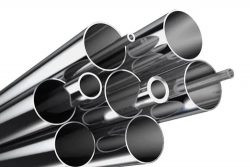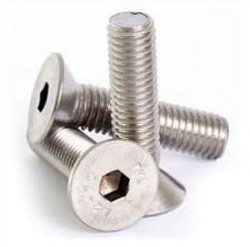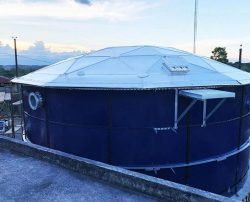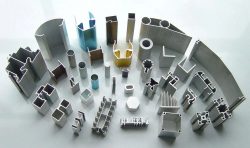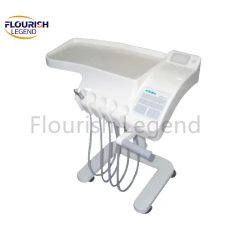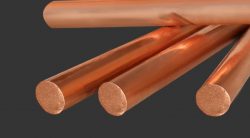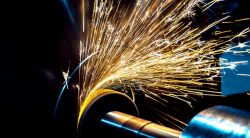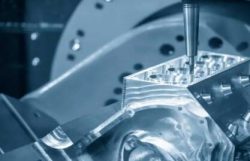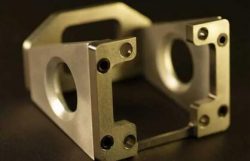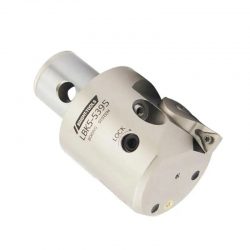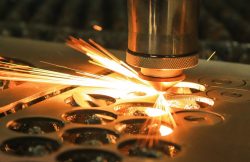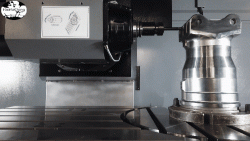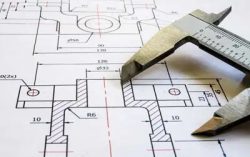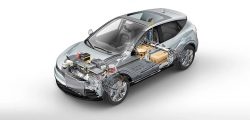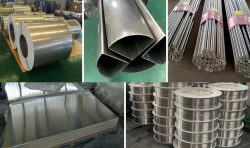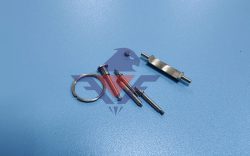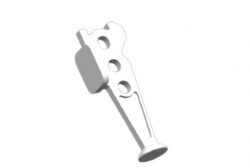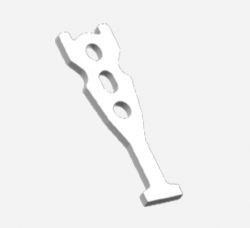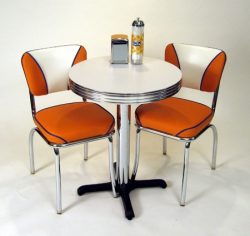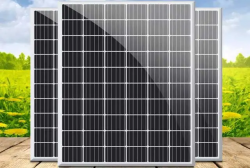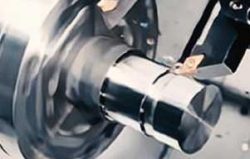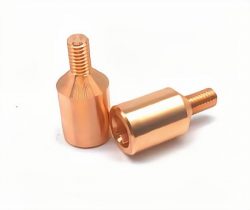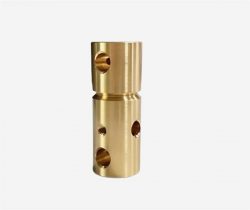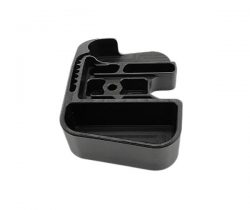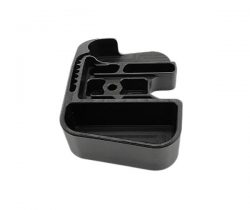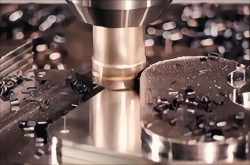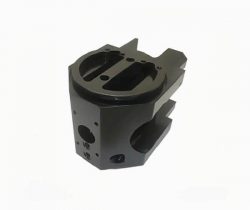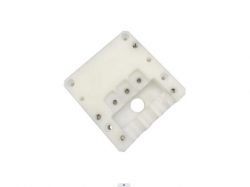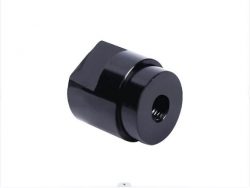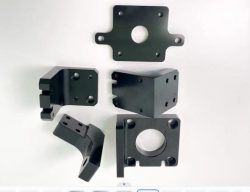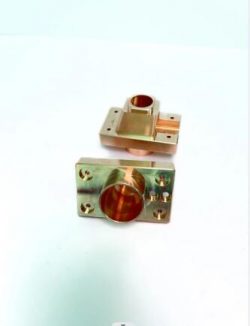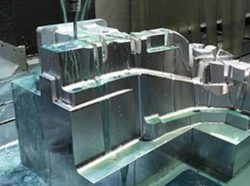PEEK Non-standard Parts
PEEK material is a new type of semi-crystalline aromatic plastic engineering plastics, with extremely good physical and mechanical properties, in many special areas can replace metals, ceramics and other traditional materials, in reducing the quality, improving the performance of outstanding contribution to become one of today’s most popular high-performance engineering plastics. PEEK material’s high-temperature thermal performance is very outstanding, can be used for a long time at 260 ℃, instantaneous use Temperature of up to 300 ℃; its rigidity, dimensional stability, the coefficient of linear expansion is small, close to the metal aluminum materials.
What are The Advantages of PEEK CNC Machining?
◆ High-temperature resistance
The United States UL certification long-term use temperature of 260 ℃.
◆ Self-lubricating
With a low coefficient of friction, it can work without oil lubrication and can work in oil, water, weak acid and alkali medium for a long time.
◆ High strength
It has the best mechanical strength among plastics. It also has high rigidity and surface hardness.
◆ Corrosion resistance
It is insoluble in common solvents and has good corrosion resistance to various organic and inorganic chemical reagents.
◆ Abrasion resistance
It has excellent wear resistance in many extremely harsh environments such as high temperatures, high load and strong corrosion.
◆ Hydrolysis resistance
◆ Easy processing
Parts can be processed directly by an injection molding process. Post-processing such as turning, milling, drilling, tapping and ultrasonic welding can be performed.
◆ Flame retardant
◆ Low smoke and non-toxic
◆ Radiation resistance
It has excellent resistance to high dose γ-ray radiation, and the mechanical properties can be retained intact, so it can be used as radiation-resistant parts in nuclear equipment.
Electrical performance
◆ Dimensional stability
Features of PEEK Non-standard Parts
1. Resistance to dissolution.
2. Both toughness and rigidity.
3. High temperature, high frequency and high voltage electrical performance conditions.
4. Corrosion resistance, anti-aging.
5. Resistance to hydrolysis, high temperature and high pressure can still maintain excellent characteristics.
6. Irradiation resistance wear and corrosion resistance conditions;
7. Resistance to abrasion, anti-static electrical insulation properties;
8. Low soot and toxic gas emissions.
9. Lightweight instead of metal for fiber optic components.
10. Size requirements for precision conditions;
11. Mechanical strength requirements of high components
